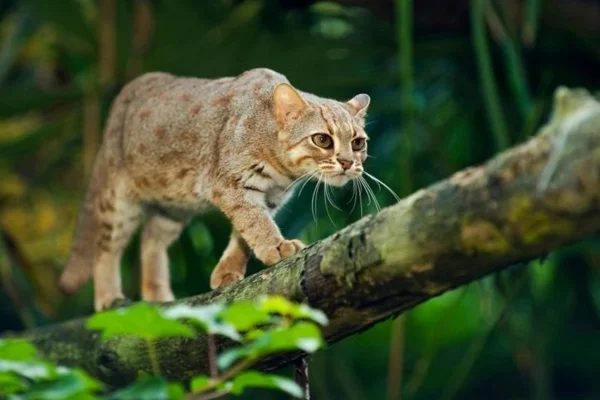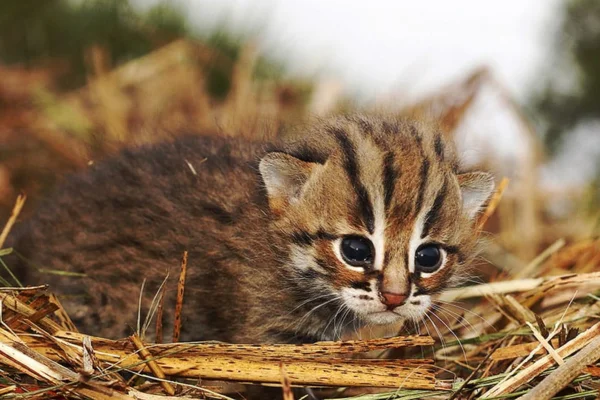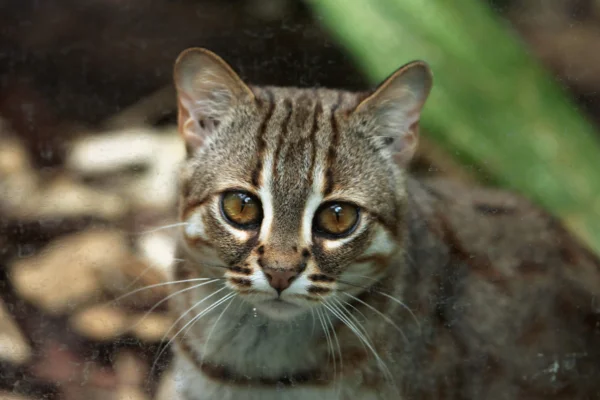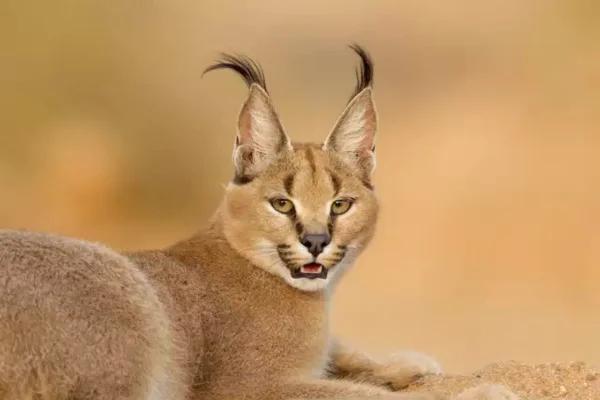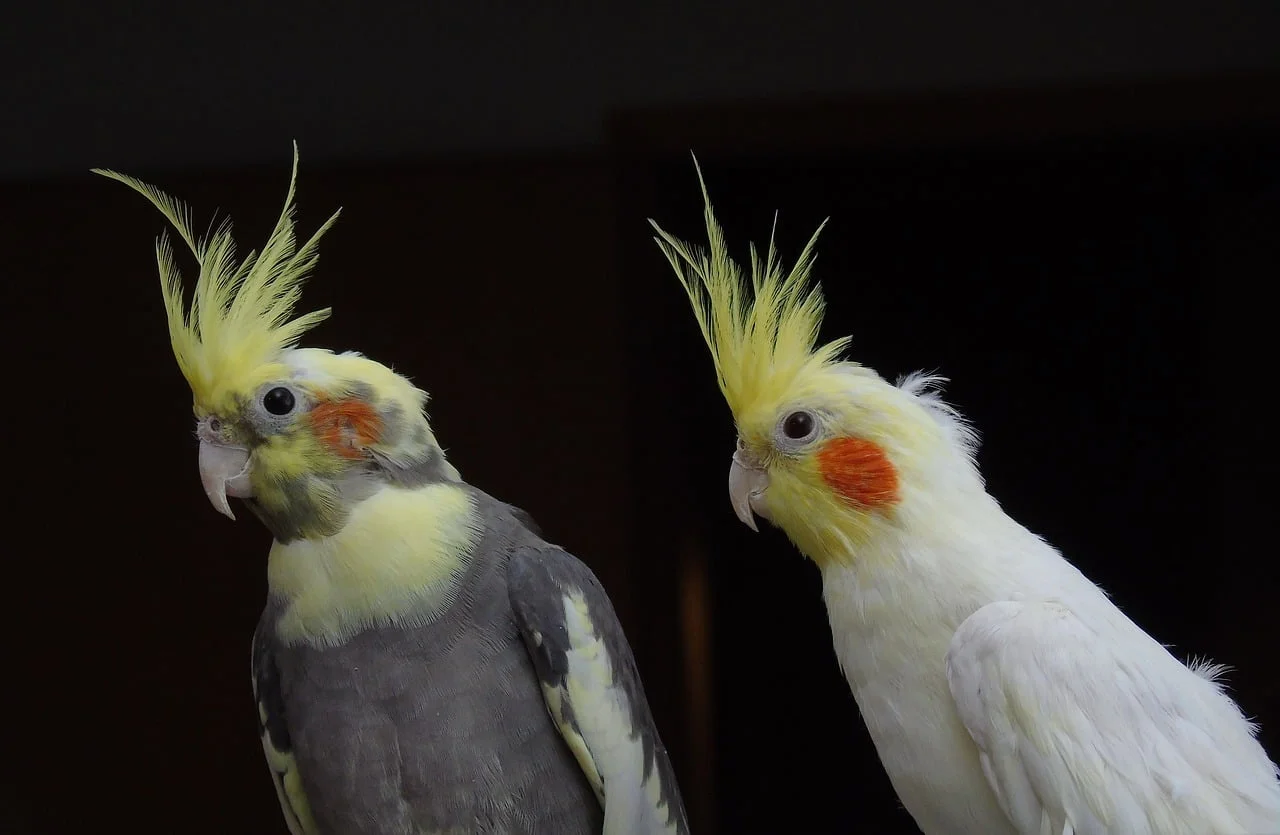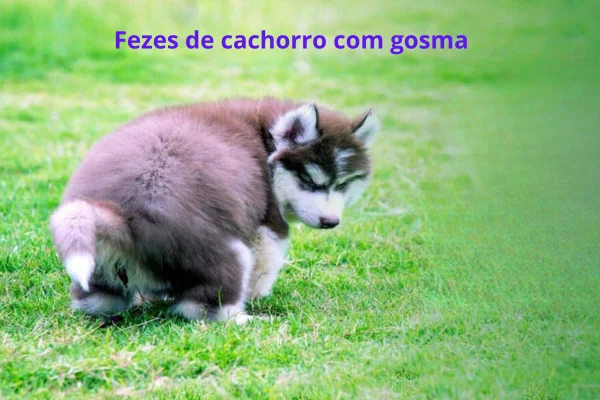The Fascinating Rusty Cat: The World's Smallest Feline
Introduction
The animal kingdom is full of fascinating creatures and one of them is the rusty patched cat (Prionailurus rubiginosus). This small wild feline, considered to be the smallest cat in the world, is a wonder of nature that lives in the forests of India and Sri Lanka. Its compact size, combined with its striking appearance, makes this cat an intriguing and adorable species.
Physical characteristics
The rusty cat has a short, soft coat, predominantly orange or reddish, with dark spots that give it a unique pattern. Measuring between 35 and 48 cm in length and weighing between 0.9 and 1.6 kg, it can easily fit in the palm of your hand. Its large, expressive eyes are adapted for night vision, reflecting its nature as a nocturnal hunter.
Habitat and distribution
This feline prefers tropical and subtropical forests, but can also be found in pastures and agricultural areas. Its distribution is limited to India and Sri Lanka, where it inhabits dense forests and mountainous regions. Habitat fragmentation and forest loss are major threats to its survival.
Contents
Behavior and Diet
The rusty cat is a skilled predator, feeding on a variety of small prey, such as rodents, birds, lizards and insects. It is mainly nocturnal, which means it is most active at night. Despite its small size, the ferruginous cat is a ferocious hunter, using its agility and stealth skills to capture prey.
Reproduction
The breeding season for rusty cats is not very different from that of domestic cats. Females have a gestation period of approximately 65 to 70 days, giving birth to one to three kittens per litter. The kittens are born blind and completely dependent on their mother, starting to explore their surroundings after a few weeks.
Conservation
The rusty patched cat is listed as "near threatened" by the International Union for Conservation of Nature (IUCN). Habitat loss due to deforestation and agricultural expansion, as well as illegal hunting, are the main threats to this species. Conservation efforts are essential to protect the natural habitat and ensure the survival of this small feline.
Curiosities
- Size and agility: Despite its diminutive size, the rusty cat is extremely agile and can leap great distances to catch its prey.
- Vocalizations: Like other felines, it has a variety of vocalizations, including meows, purrs and grunts, which it uses to communicate.
- Solitude: This cat is solitary by nature, preferring the company of its own space to interaction with others of its species.
Conclusion: Rusty Cat: The World's Smallest Feline
The rusty patched cat is proof that nature can be surprising in all its shapes and sizes. Although it is the smallest cat in the world, its ecological importance and natural beauty are immeasurable. Preserving its existence is vital not only for biodiversity, but also for maintaining the balance of the ecosystems in which it lives. Protecting this little wonder is the duty of all those who appreciate our planet's rich tapestry of wildlife.
Frequently Asked Questions
1. can it be tamed? No, the rusty patched cat is a wild feline and is not suitable for domestication. They have specific habitat and behavioral needs that cannot be met in a domestic environment.
2. Where can I see a rusty cat? It is rarely seen due to its small size and nocturnal habits. They inhabit the forests of India and Sri Lanka. In captivity, they can be found in some zoos that participate in conservation programs.
3. What is his life expectancy? In the wild, a ferret cat's life expectancy is around 10 to 12 years. In captivity, with proper care, they can live a little longer.
4. What threatens the survival of the rusty cat? The main threats are habitat loss due to deforestation, agricultural expansion and illegal hunting. Conservation efforts are essential to protect this vulnerable species.
5. Is he dangerous to humans? No, the rusty cat is a shy, reclusive animal that avoids contact with humans. They pose no danger unless they are provoked or feel threatened.
https://www.youtube.com/watch?v=W86cTIoMv2U
Thanks for stopping by, check out our other work too
https://vettopbr.com/febre-do-nilo-ocidental

